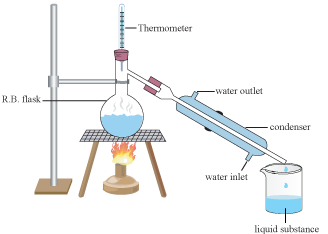







Economics Of Distillation
One of the ways a distiller can help offset some of the increased costs of therapeutic distillation is through the marketing of hydrosols. If the waters are not cohobated, distillation produces a lot of hydrosol - hundreds of litres, actually. Although not every drop produced throughout the distillation run is of therapeutic value, somewhere between twenty and thirty percent of the output can be used from an average large still.
Although each litre only sells for a few dollars, every twenty litres per run times the multiples f runs can amount to a reasonable sum of money added to the value of the essential oils. The distillers I work with have told me that selling their hydrosols has made a positive difference in their yearly incomes, and they consider hydrosols a coproduct, not a by-product, of the distillation process.
Essential oils produced by therapeutic distillation are expensive: are extremely labour intensive to produce: require the eye, hand, and heart of an artist combined with the mind of a scientist: and do not produce huge profits for the producers.
However, they not only offer us healing properties but can help us commune with and access the actual "life force" and knowledge of the plant, and on a larger scale they connect us with the planet and each other in new and healing ways. Spending more to purchase these oils is an easy choice when you look at it like this.
Reference: Hydrosols The Next Aromatherapy : Suzanne Catty
